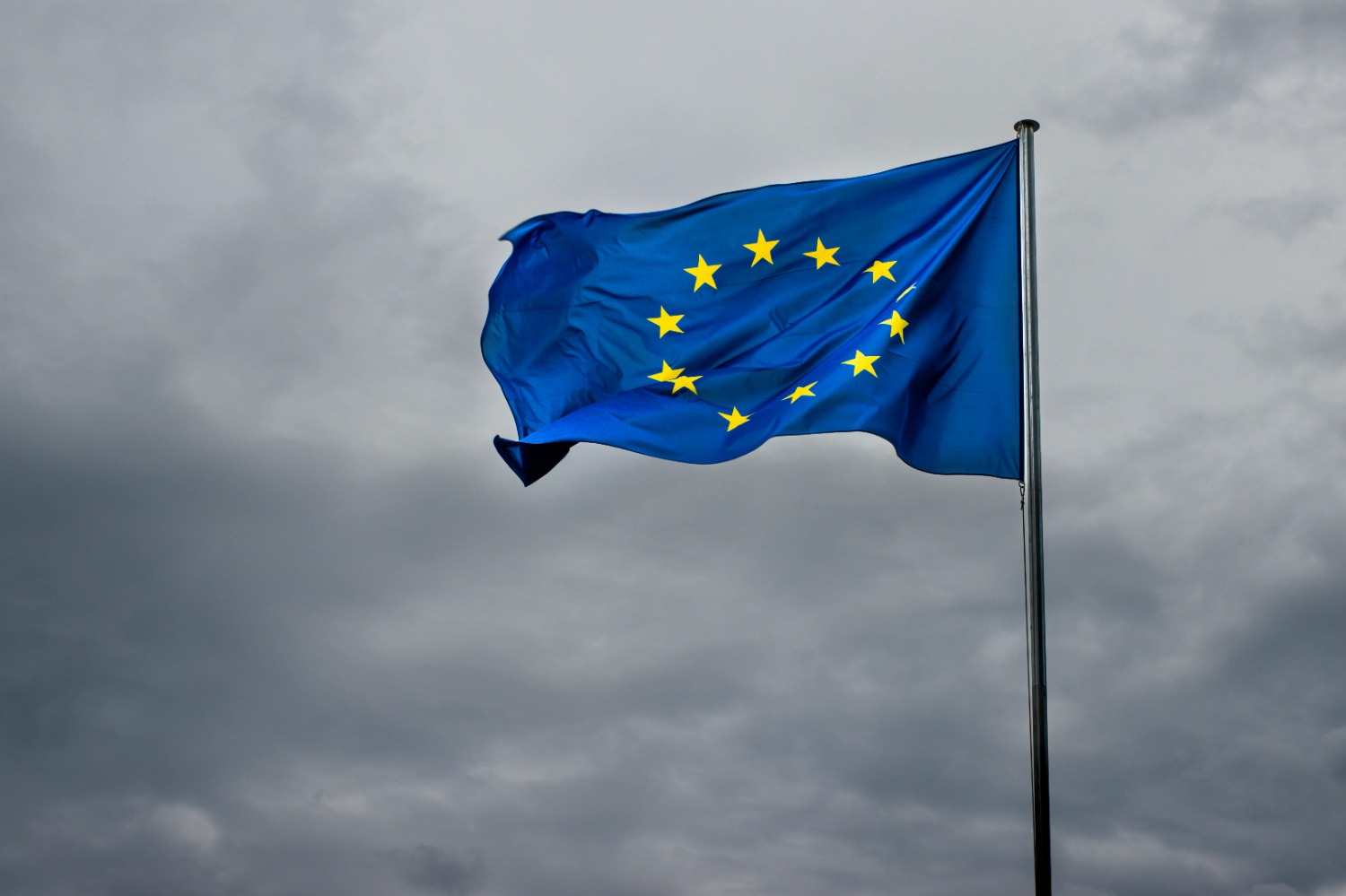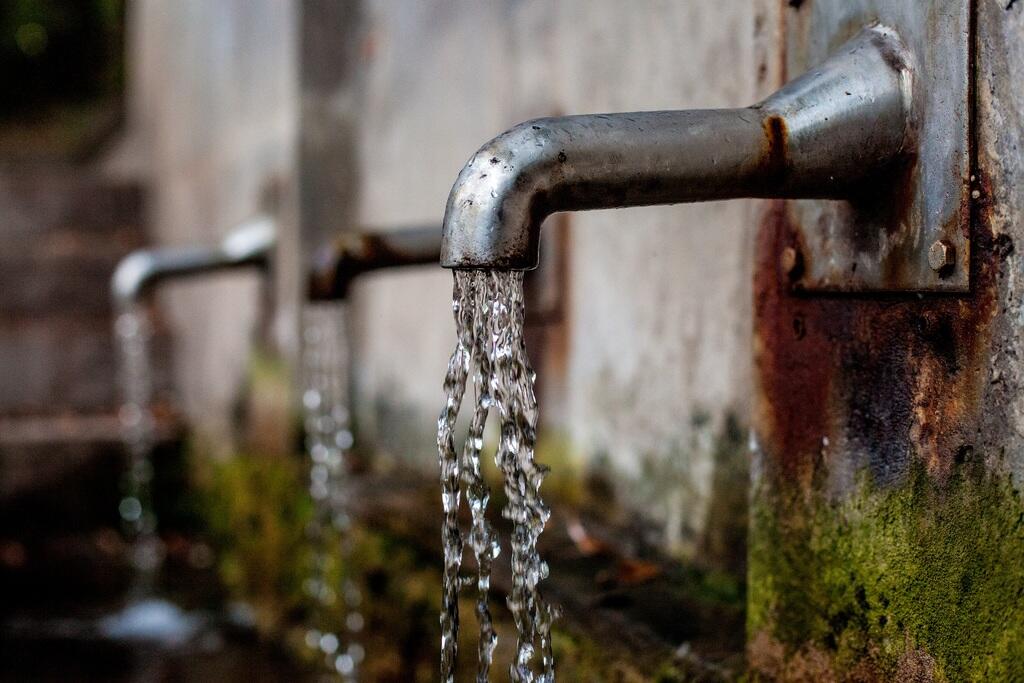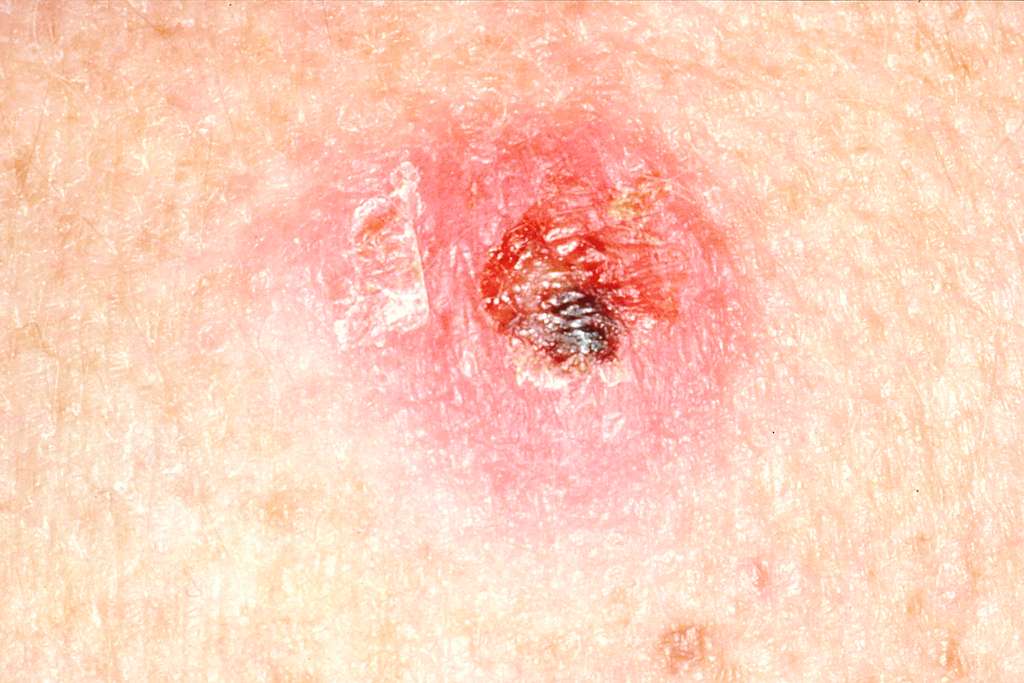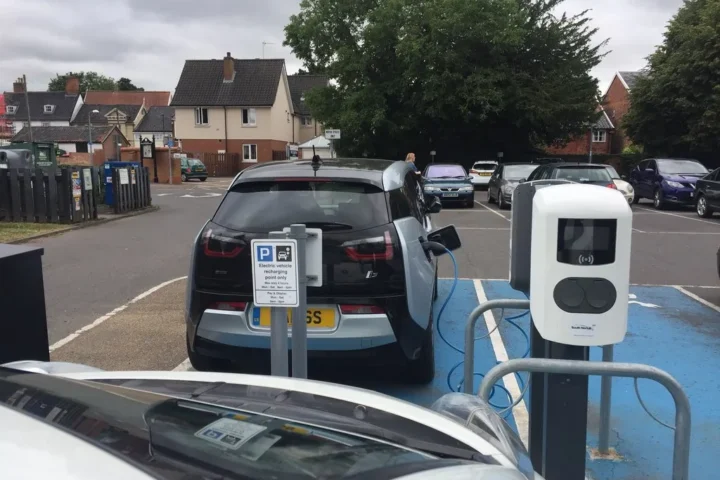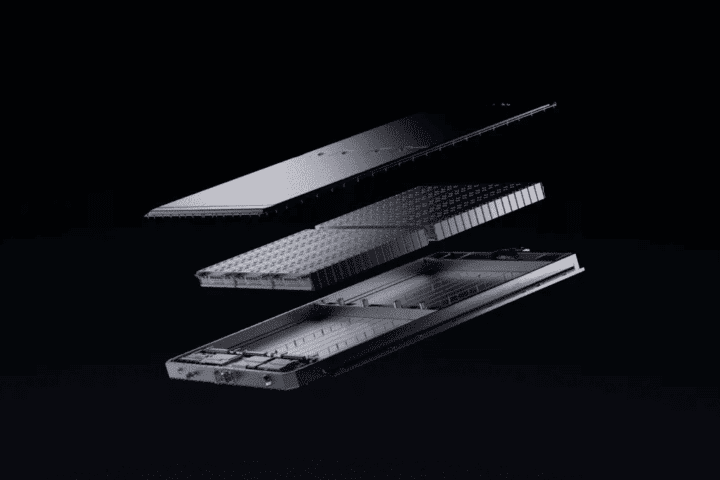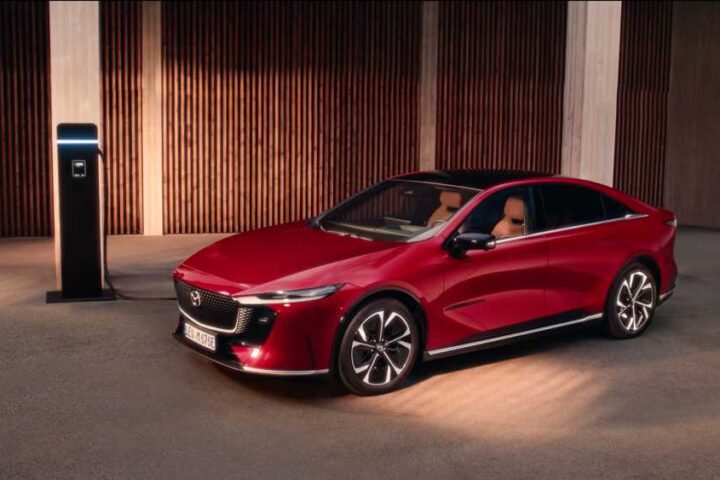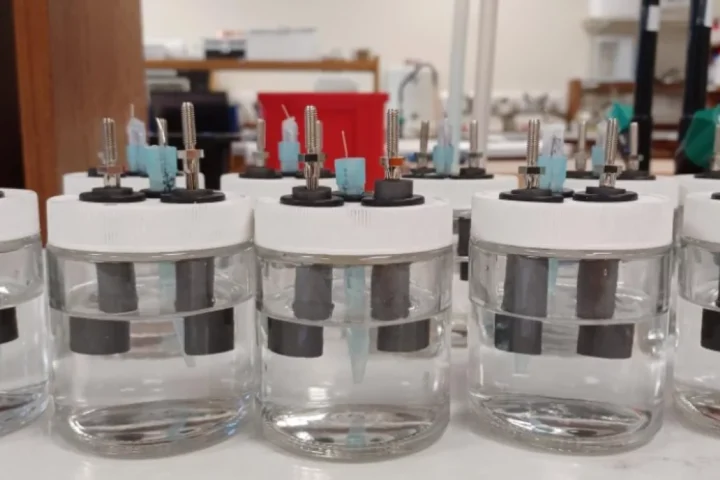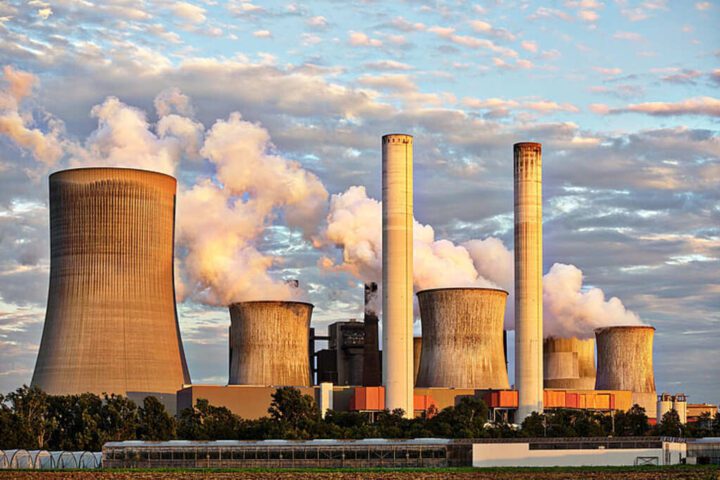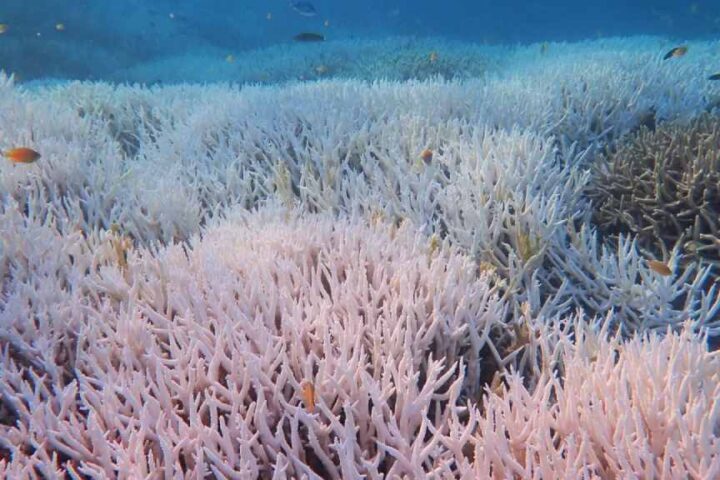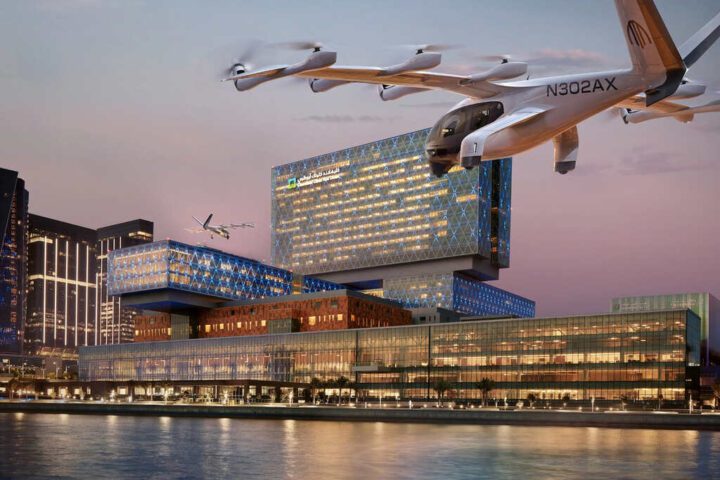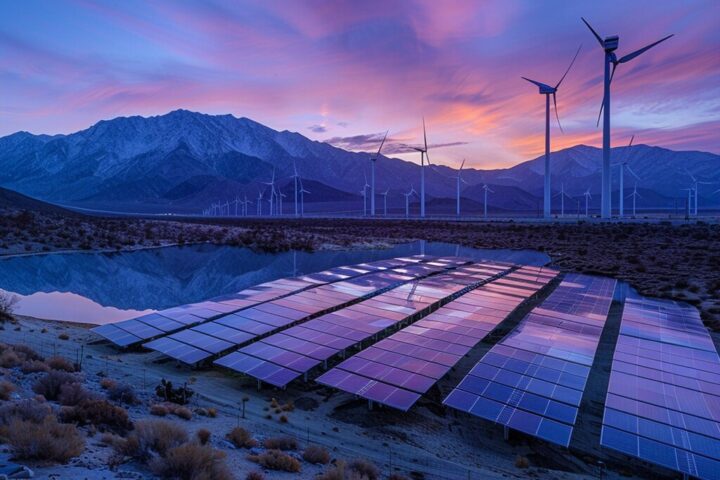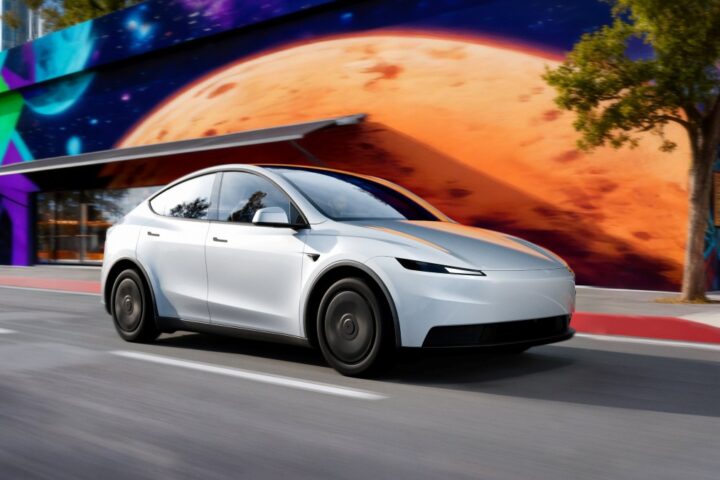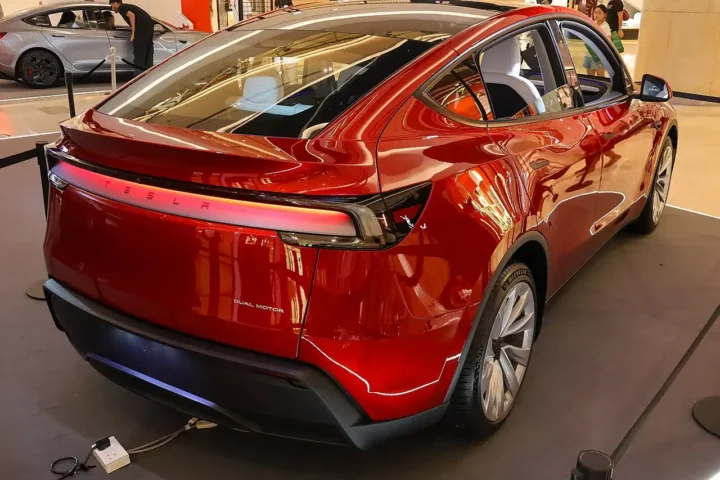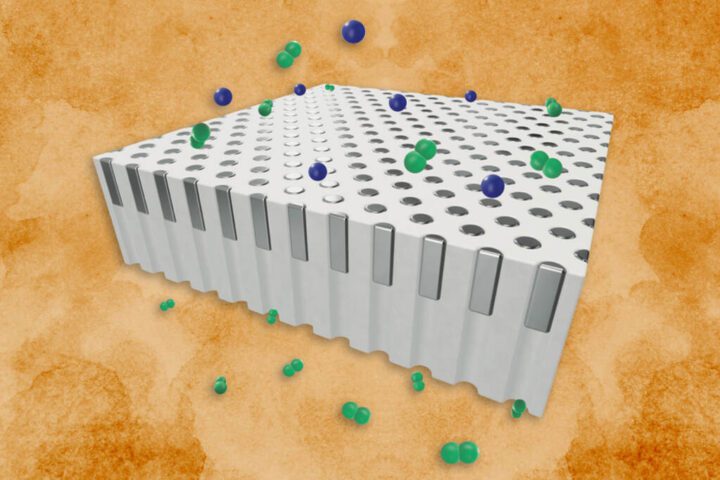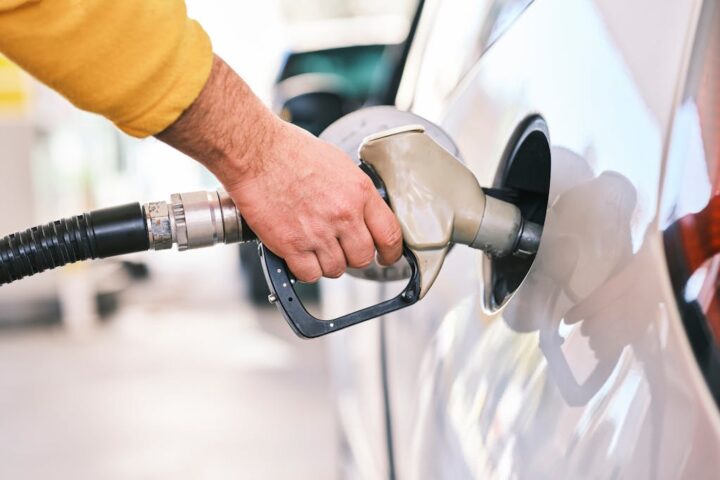The European Union revealed its 18th package of sanctions against Russia on Tuesday, targeting the country’s vital energy and banking sectors in a bid to further pressure Moscow over its war in Ukraine. The centerpiece of the new measures is a proposal to lower the price cap on Russian oil from $60 to $45 per barrel.
European Commission President Ursula von der Leyen announced the sanctions alongside EU foreign policy chief Kaja Kallas in Brussels, emphasizing that “strength is the only language that Russia will understand.”
Von der Leyen highlighted that Russia’s oil and gas revenues from Europe have already plummeted by nearly 80% since the war began, dropping from €12 billion monthly to just €1.8 billion now. The EU has also frozen €210 billion of Russia’s central bank reserves.
The oil price cap reduction aims to hit Russia where it hurts most – its energy export revenues, which make up about one-third of the country’s budget. The current $60 cap, set in December 2022, has become less effective as Russian Urals crude has recently traded below that level.
“Lowering the oil price cap will hit Russia’s revenues hard,” Kallas said during the press conference.
The proposed cap will be discussed at the upcoming G7 summit in Canada from June 15-17, where leaders are expected to agree on the reduced price. Earlier, Ukraine’s Foreign Minister had pushed for an even lower cap of $30 per barrel.
In addition to the oil price cap, the EU is taking aim at Russia’s “shadow fleet” – a network of aging tankers that help Moscow circumvent Western sanctions. The new package would blacklist 77 more vessels, bringing the total to over 400 ships banned from EU ports.
For the first time, the sanctions also target the Nord Stream gas pipelines. Though neither pipeline is currently operational – Nord Stream 1’s flows were halted by Russia, and Nord Stream 2 never started operations – the EU wants to send a clear message that “there is no return to the past.” The ban on transactions related to these pipelines aims to discourage future investors from reviving the projects.
Similar Posts
“Sanctions on the Nord Stream pipelines will prevent Russia generating any revenue in the future,” Kallas explained.
The EU is also expanding its banking sanctions, proposing to transform the existing partial SWIFT ban into a “full transaction ban” for an additional 22 Russian banks. This would severely limit Russia’s ability to conduct international financial transactions. The measures also extend to financial operators in third countries that help Russia dodge sanctions.
To further squeeze Russia’s military production, the EU plans a €2.5 billion export ban on critical industrial goods and dual-use technologies, including components for drones and missiles.
For European energy markets, the impact of these sanctions remains complex. The EU has already dramatically reduced its dependence on Russian energy since the war began. However, the bloc still faces the challenge of securing alternative supplies.
Many EU countries have increased imports of liquefied natural gas (LNG) from the United States, Qatar, and other suppliers to replace Russian pipeline gas. They’ve also accelerated renewable energy projects and improved energy efficiency.
Energy prices in Europe, which spiked dramatically in 2022 after Russia’s invasion, have since stabilized but remain higher than pre-war levels. The new sanctions aren’t expected to cause another major price surge since Europe has already largely disconnected from Russian energy sources.

The sanctions package is explicitly framed as a tool to force Russia into serious peace negotiations. “We need a real ceasefire, and Russia has to come to the negotiating table with a serious proposal,” von der Leyen said, reiterating calls for a “full, unconditional ceasefire of at least 30 days.”
All 27 EU member countries must unanimously approve the sanctions before they can take effect.
